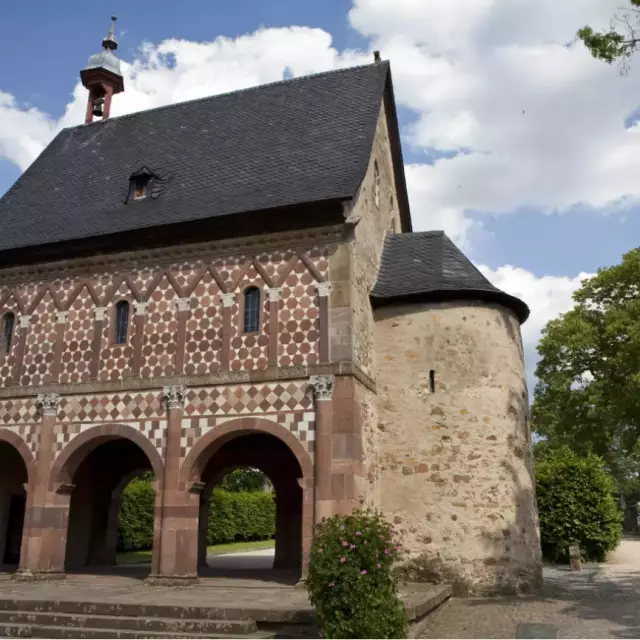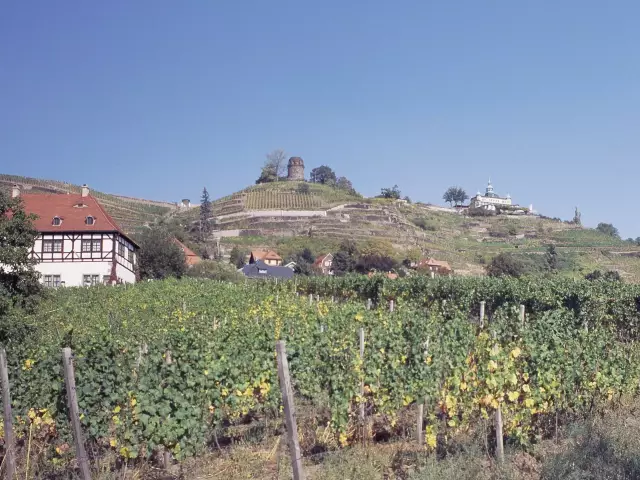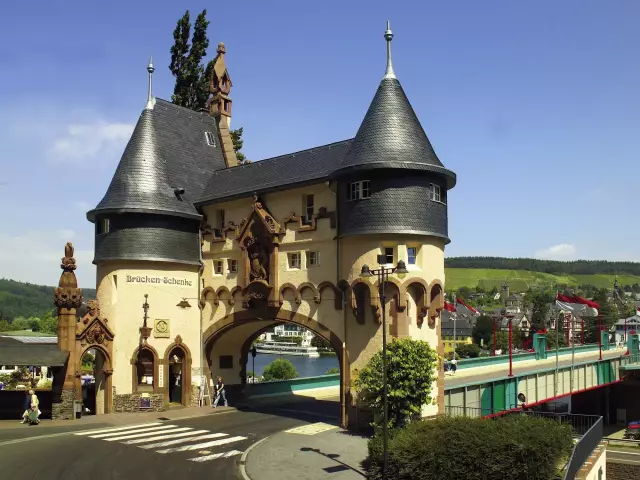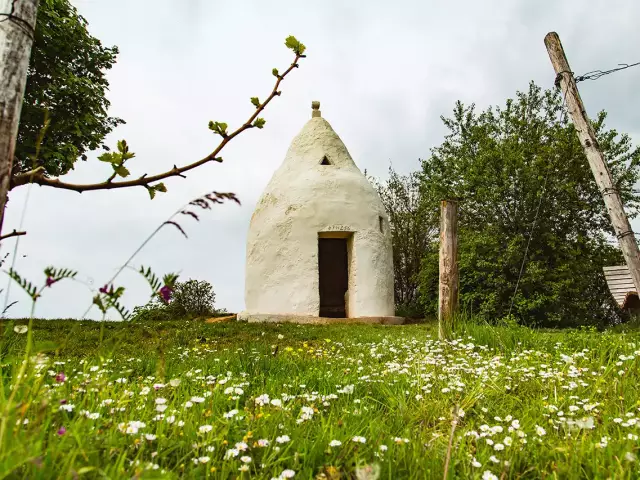Lorsch Abbey

Probably no other place in Germany has done as much to preserve viticultural history as Lorsch Abbey. A countless number of communities within an area stretching from Baden in the south, Franken in the east, and Rheinhessen in the west are able to track their viticultural history up to the early Middle Ages - thanks to Lorsch Abbey.
It was here, at the end of the 12th century, that the Codex Laureshamensis was compiled: a huge directory of vineyard sites, donations, and property ownership. Thus, the Lorsch Codex became one of the most important databanks of viticultural history – and shows the importance the monasteries had for viticulture.
Lorsch Abbey itself was founded in 764, first as a private monastery of the Alemannic Count Cancor and his mother Williswinda. Soon thereafter they gave it to one of their relatives: Chrodegang, archbishop of Metz, the godfather of the Carolingian dynasty, and at the time, the only archbishop north of the Alps. Chrodegang, a highly influential reformist of monastic and clerical life, sent the first monks to Lorsch. Suddenly, the small monastery was thrust into historical prominence – especially when Chrodegang sent relics of Saint Nazarius from Rome to Lorsch. It marked the beginning of Lorsch’s rapid development into an important pilgrimage site.
Only decades after its foundation, the Benedictine monastery was one of the wealthiest property owners east of the Rhine, with possessions extending from the Alps to the North Sea. Its wealth, however, also attracted claims by other family members. Thus in 772, Lorsch Abbey was given to King Charlemagne for protection. Thereafter, it was a royal (later, imperial) monastery with all concomitant rights, privileges, and responsibilities, and was a true center of cultural and intellectual activity until the Reformation. In 1564, the Electoral Palatinate, the proprietor at the time, revoked the monastery's rights. Of the original buildings, only the King’s Hall has survived through the centuries. It has been a UNESCO World Heritage site since 1991, primarily because it represents the essential importance of early medieval monasteries in the development of European civilization.
The Abbey's possessions, however, had grown out of a number of donations, most of them containing vineyards. Written sources tell that in ca. 850, Lorsch already owned more than 900 vineyard sites, situated in more than a hundred communities, most of them in the vicinity Mainz and along the Hessische Bergstraße. Even the foundation document of 764 notes a vineyard in Hahnheim in Rheinhessen that had been donated to the new monastery. Up until 1100, harvests are noted in at least 170 communities from more than 923 "wine gardens" – the abbey probably owned even more.
All of this is recorded in the Codex Laureshamensis, a thorough compilation of the rights and possessions of the owners of the Abbey. The Codex, written between 1167 and 1190, contains 3,836 entries altogether, including deeds and documents, and mentions more than one thousand communities – an incomparable databank that chronicles viticultural history. The Codex itself is on display today in a museum in Würzburg; Lorsch Abbey, however, can be visited – and in the museum's shop the “Abbey's wine” can be sampled and purchased.




